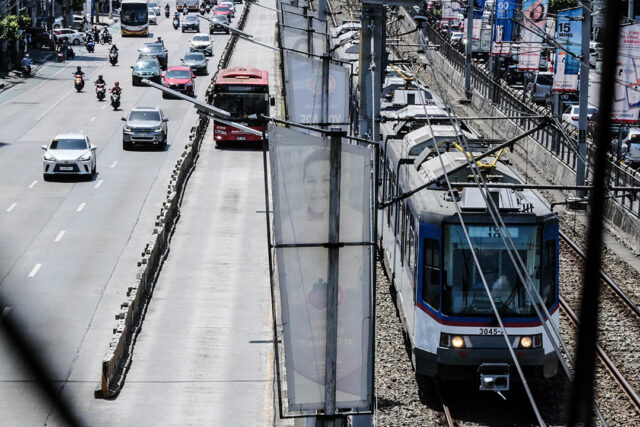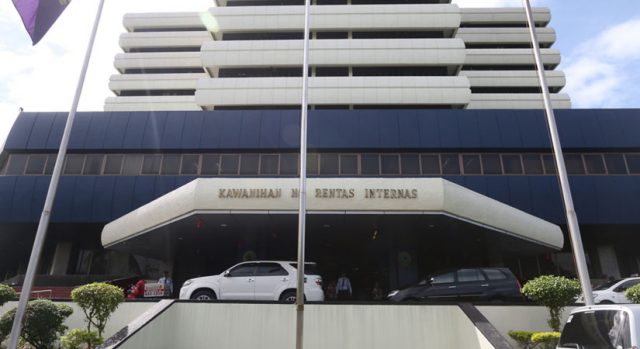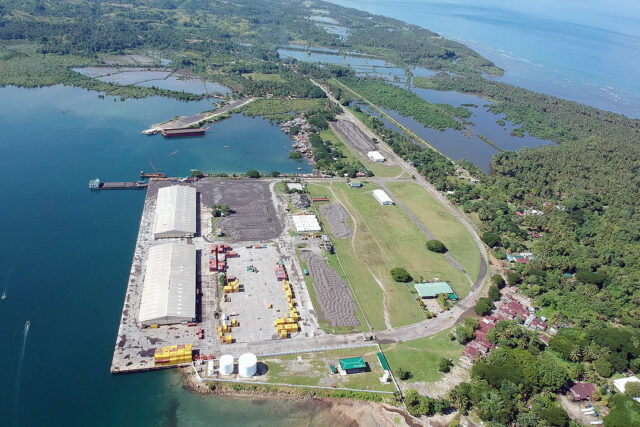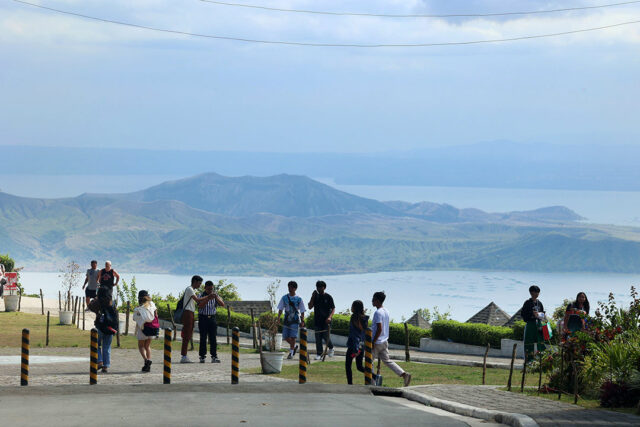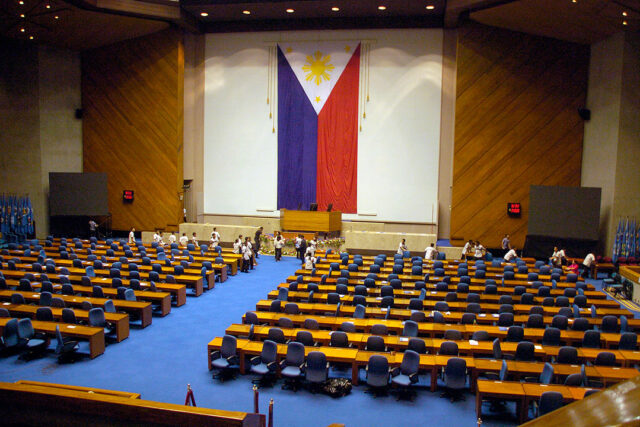IN BRIEF:
• GenAI is transforming customer experience (CX) by redefining how we perceive and design it.
• GenAI allows companies to use technology to support human-led activities, thereby enabling people to be fully oriented towards tackling the challenge of answering customer needs.
• By driving a digital and technological revolution in CX, GenAI is placing businesses in a position to realize long-held aspirations for the highest level of CX personalization.
Generative AI (GenAI) is more than a mere buzzword or fad; it’s an exciting new avenue that businesses are exploring to help reinvent customer experience (CX). In the push toward a more digitalized society in the 2010s and 2020s, customers have not only become more well-informed, but now also expect their experiences and interactions to be more personalized, efficient and engaging, regardless of the channel they are using. This has prompted organizations to rethink their CX strategies and explore how new technologies can transform customer experience.
GenAI early adopters have already leveraged the technology’s transformative power, avoiding the pitfalls of usual tech trends or fads by focusing their deployment strategies to create real, tangible business outcomes. According to the 2023 EY Innovation Realized Survey, nearly half of the C-Suite respondents cited sales and marketing as the function with the highest priority for deploying GenAI. However, there has also been a movement pushing for GenAI to play a pivotal role in the future of CX interactions, with three significant areas for transformation:
• Personalization at scale, where we can leverage AI to design hyper-personalized experiences for our customers
• Automation and efficiency, where we leverage on AI’s ability to manage routine and repetitive tasks
• Innovation and engagement, where AI can analyze behavior to predict and anticipate the needs of tomorrow and even leverage customer insights to create new ideas for products and services.
It must be noted that the intent is not to replace human resources with AI, but instead create a collaborative environment where AI turns humans into superhumans. With AI’s help, companies can redefine existing roles and lay the groundwork for a working model of the future where human ingenuity and creativity is at the forefront of the work we do in the field of CX transformation.
GENAI’S ROLE IN TODAY’S BUSINESS LANDSCAPE
GenAI is now at the center of CX’s future, enticing businesses with new possibilities and opportunities to answer the complex challenges of today’s world. GenAI technology is already reshaping the business landscape by enabling companies to analyze and synthesize large datasets without the need for the heavy workloads that characterized yesterday’s analytics. This also extends to AI being able to integrate consumer preferences such as purchase history and individual interests into strategic considerations. By leveraging AI-driven analytics suites, businesses would no longer be required to spend considerable effort and manhours on data collection and analysis.
Businesses can then focus their efforts on the next step of CX: personalization. People can focus their efforts on the actual design and implementation of personalized and targeted marketing and product or service suggestions and work towards driving real engagement with their target consumer bases. AI’s ability to not only analyze data, but make recommendations based on that analysis, helps businesses continuously adapt their approaches and strategies to the changing needs of their customers, ensuring that every interaction and touchpoint feels uniquely tailored and special.
GenAI also offers considerable benefits in terms of operational efficiency and decision-making. By automating routine, time-consuming tasks such as customer data analysis and insights generation, business leaders can allocate their human resources to more strategic, creative, and customer-facing roles. This reorientation of people will lead to a more concerted effort to provide customers with the care and attention they deserve and create a more responsive and customer-centric approach. As organizations continue to integrate GenAI into their workflows, they will be able to build upon these examples and further innovate new ways to maximize both their people and GenAI, enabling themselves to deliver more value to their customers.
As an example, a sports company aiming to revolutionize its marketplace and deepen consumer connections faced challenges in realizing its vision. Partnering with EY professionals for enterprise data and AI solutions, they were able to work together to address a range of CX transformation objectives, such as customer segmentation, churn prevention, and market strategy refinement. Utilizing AI-powered tools, they focused on a particular opportunity to optimize product substitutes. This strategic focus on personalization not only tripled their e-commerce sales but also captured market demand exceeding $1.5 billion, enabled by an innovative app feature.
PROVIDING SUPPORT FOR THE NEW AGE OF CUSTOMER TOUCHPOINT
GenAI can also be used to redefine specific touchpoints across the customer journey, primarily through its ability to automate certain actions and interactions. AI chatbots are already being trained to engage in meaningful, context-rich dialogues with customers. Where we would once have needed customers to queue up to speak to agents, AI bots would be able to meet customers, analyze customer asks and sentiments to determine the assistance needed, and, if doable, assist the customer in utilizing self-service to solve simpler problems.
The benefits are numerous, both for the customer and for the agent who is at the frontline of customer interactions:
• The AI chatbot initiating contact and analyzing the customer’s situation already cuts down significantly on the response time as encoding of the problem is already automated
• AI analysis of the customer situation lets it identify who the call should be routed to and prevent customers from being passed around between lines
• AI’s effect on follow-up or repeat calls are tangible as AI will be able to detect unresolved issues or reasons for calling
All these will have the knock-on effect of reducing stress and pressure on agents, meaning they will be happier, more productive, and more responsive to the needs of the customer, which in turn means happier customer relationships.
STRATEGIES AND CHALLENGES
It should be noted that the implementation of GenAI, while promising in its potential, is not without its challenges. Ensuring data privacy, developing the requisite skill sets, and seamlessly integrating AI into existing systems are just some of the challenges businesses must overcome. It must be stressed that upholding transparency with customers on the use of AI in our business is a key element to ensuring that the implementation does not fall through. It is also essential to avoid common pitfalls, such as overlooking the customer experience or underestimating the importance of human oversight in AI-driven processes.
Furthermore, as businesses embark on their GenAI journey, they must navigate the complexities of aligning AI initiatives with the broader organization. This does not just extend to operational, strategic, or technical integration, but also cultural adaptation. GenAI is a gamechanger, as much so for the employees of the business as for their customers because it impacts the way that work is done.
Managing the change and the resistance to it will be a fundamental challenge to its implementation, which is why it is important for the business to establish clear communication channels and training programs right from the top. Only through effectively navigating these implementation challenges can businesses unlock the full potential of GenAI and transform it into a core driver of customer satisfaction and business success.
THE CX REVOLUTION
GenAI is set to be the newest driver of the digital and technological CX revolution. When done right, GenAI can enable businesses to deliver a modern and innovative customer experience that is personalized and uniquely emblematic of their company’s brand.
However, while GenAI is a technology filled with untapped potential, it is still not without its risks. It remains imperative that businesses implement the technology properly, correctly, and responsibly. Misuse of GenAI can lead to detriments just as large and impactful as the potential gains.
With that in mind, the question we should ask ourselves at this crossroads is: Are we content to let potential remain potential? Or are we ready to take steps into a great unknown in pursuit of something greater than what we have today?
This article is for general information only and is not a substitute for professional advice where the facts and circumstances warrant. The views and opinion expressed above are those of the author and do not necessarily represent the views of SGV & Co.
Marnelli Eileen J. Fullon is a business consulting partner of SGV & Co.
